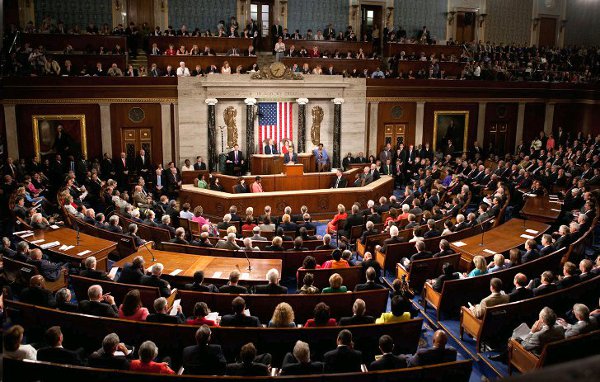Explaining Our Cautious, Caustic Congress

From PunditWire.com
The political system America enjoys today is roughly a century old. It began when voters were first allowed to directly elect U.S. Senators in 1913 and women got the vote in 1920. Both acts made the system more democratic, as did California’s embrace of the initiative procedure that allowed voters to enact their own laws in 1911.
Inevitably those whose power was constrained by these new rules gradually figured out ways to use them and at least partially reassert control. As a result it is nearly impossible to make a credible Senate race in most states without a big bankroll, arguably returning control to those who selected Senators under the old system. The initiative process, which spread to other states, has also been distorted by those with money who focus on parochial concerns while obliquely attempting to elect their candidates. Giving women the vote was a simple question of fairness. While this enlargement of the electorate had a big influence on how campaigns are waged, there’s no clear evidence it has changed outcomes.
Institutionally, our system remains conservative. Change doesn’t come quickly or easily, which some of us think is a good idea. But the combination of the internet, where people have come to expect instant gratification (some think the President should be required to propose a law any time 100,000 people petition for it) and the Citizens United decision, which allowed more corporate cash into politics, raising the price of admission without any detectable impact on the outcomes, have inspired many to ask whether the system works as well as it could or should.
The result can be confusing because of the way procedures and outcomes are braided together. Those who lose on the issues — whether they favor gun control, restraints on abortion or single-payer health insurance — tend to think that the majority stands with them and that the will of their majority is being subverted by a system that’s unfair. There’s a cottage industry that works to debunk polls showing the majority, in fact, does win on most issues.
The biggest distorting element in the system today is the way political districts are drawn in an effort to protect incumbents from both parties. The population of a state can be sliced and diced in countless ways to yield different partisan results. Some states are moving toward making the process less political, but these efforts tend to get only modest media attention (because those doing the drawing are technocrats who don’t give good soundbites and the incumbents challenging them understand the need to keep things quiet).
It isn’t a simple process, as our experience with voting rights laws indicates. If 20% of the residents — or voters — in a state are blacks, does that dictate that 20% of those elected should be black as well? In a state with integrated neighborhoods, that’s difficult to achieve. You can’t just use a grid. And drawing the map with such special attention to one group inevitably disadvantages others.

And while redistricting reforms could elect new people, that’s no guarantee of new policies. Reformers hare chronically concerned about power of incumbency, which has been quietly declining. The average length of service in the House of Representatives peaked in the 111th Congress (2009-2010) at 13.1 years and has since dropped to 9.1 years — a 30% decline. The average U.S. Senator has served for a decade, less than two terms.
Few would argue that Congress has become more effective — though it may be more representative — as the length of service has declined. So its hard to make a case that things would get better if more incumbents were ousted, an outcome that would cede greater power to outside experts like lobbyists and staff.
In a democracy like ours, government tends to slow when the voters are divided and unable to reach consensus on where the country should be going. When the country decides — on civil rights in the 1960s or gay marriage in the past few years — the system is quite responsive. Smart politicians can’t afford to be left behind. But getting ahead of the voters is equally dangerous. That describes today’s climate that combines the caustic with the cautious.
The best strategy for those with an appetite for more change is to go out and organize and not get distracted by tinkering with the rules.punditwire
Author Bio:
For 16 years, Jim Jaffe worked for House Democrats who served on the Ways and Means Committee, apprenticing with Representatives Green, Gibbons and Gephardt before working for Chairman Dan Rostenkowski.
From PunditWire.com






























































































































































































































































































































